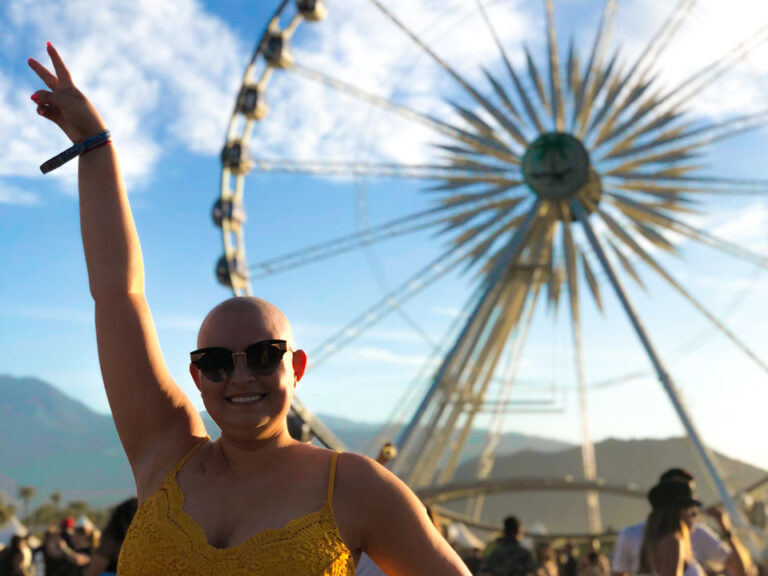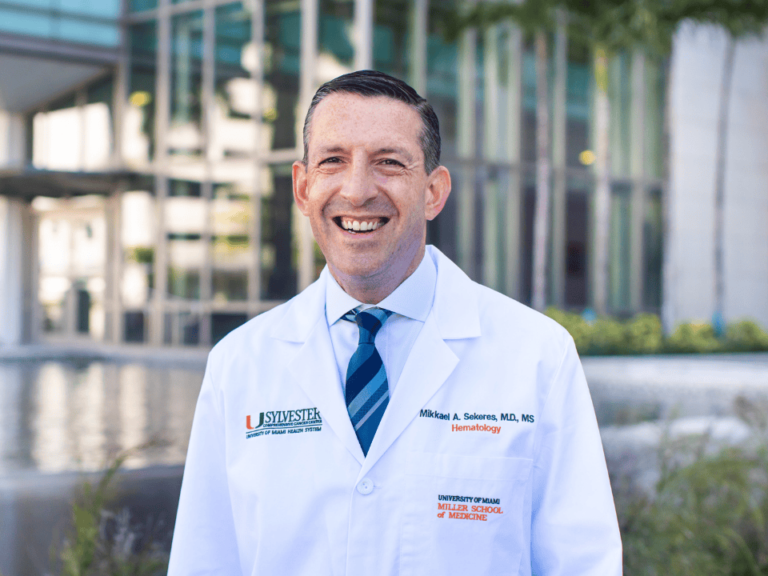Researchers from the UCLA Jonsson Comprehensive Cancer Center received a $2.8 million, five-year grant from NCI to help develop a blood-based test to improve the selection and prioritization for patients with liver cancer who need a liver transplantation.
The grant, led by Vatche Agopian, associate professor of surgery, liver and pancreas transplantation; and HR Tseng, professor of molecular and medical pharmacology, helps fill an unmet need for more accurate ways to predict how well patients with hepatocellular carcinoma—the most common form of liver cancer—will do after a liver transplant, using a blood-based assessment of tumor biology to make these predictions.
“For patients with liver cancer whose tumors cannot be surgically removed due to prohibitive underlying liver dysfunction and portal hypertension, liver transplantation becomes their only option for a cure,” Agopian said in a statement. “But current imaging tests do not take into account the tumor biology that actually makes some patients better candidates than others.”
The gold-standard to decide who is a candidate for a successful liver transplant for liver cancer is known as the Milan criteria, which defines a strict tumor size and number criteria.
“Unfortunately, the Milan criteria has numerous limitations,” Agopian said. “On the one hand, up to 20% of patients who meet the Milan criteria still develop post-transplant cancer recurrence, which usually leads to patient death. Conversely, some patients who don’t meet these criteria would potentially have excellent outcomes following liver transplant and are denied the possibility of even having one. These shortcomings of our current patient selection criteria highlight the need for better ways to select candidates for liver transplants.”
The UCLA blood-based test uses circulating tumor cells, which are cancer cells that are released into the bloodstream and have the ability to provide vital information about a person’s specific cancer. The grant will help the team build on their previous research to integrate liver cancer circulating tumor cells to create an assay that will allow them to look at both cell phenotype and molecular characterization that will help better define patients’ tumor biology.
The UCLA team has created five generations of the novel method they call NanoVelcro, each with different clinical utilities.
“We anticipate that our integrated assay will better assess this risk of tumor progression and prioritize patients to receive a transplant before tumor progression,” Tseng, who led the development of the assay, said in a statement. “Should we confirm our assay outperforms the Milan criteria, this could be a transformative change and paradigm shift in how patients with liver cancer are selected and prioritized for liver transplantation.”
Sungyong You, an assistant professor of surgery and biomedical sciences at Cedars-Sinai Medical Center, will be co-PI on the grant.











